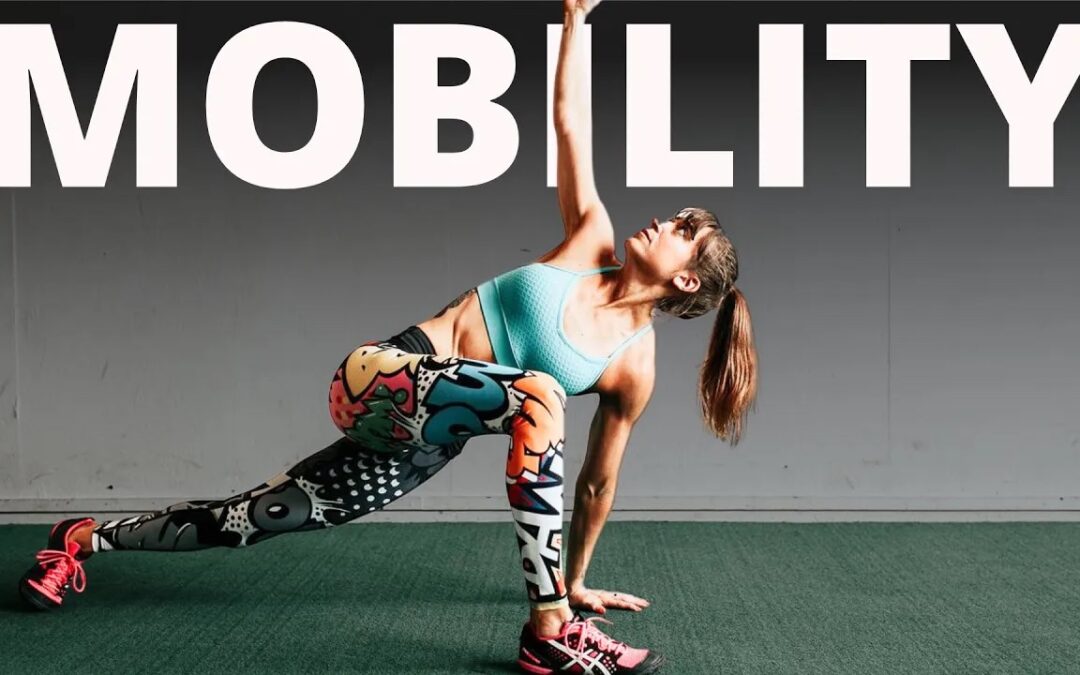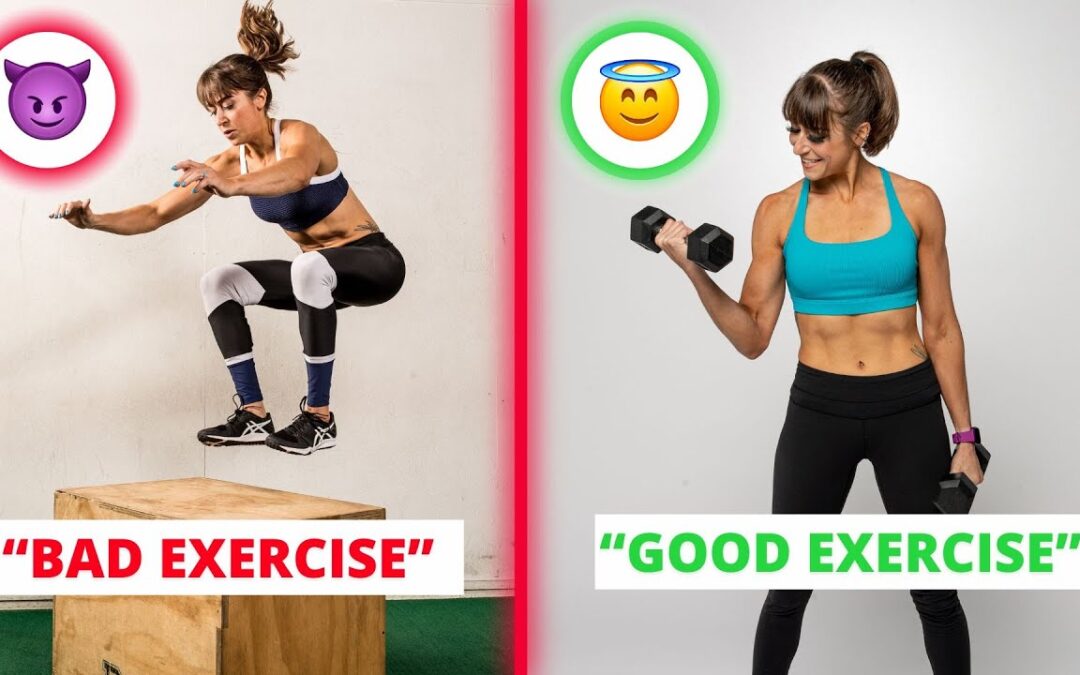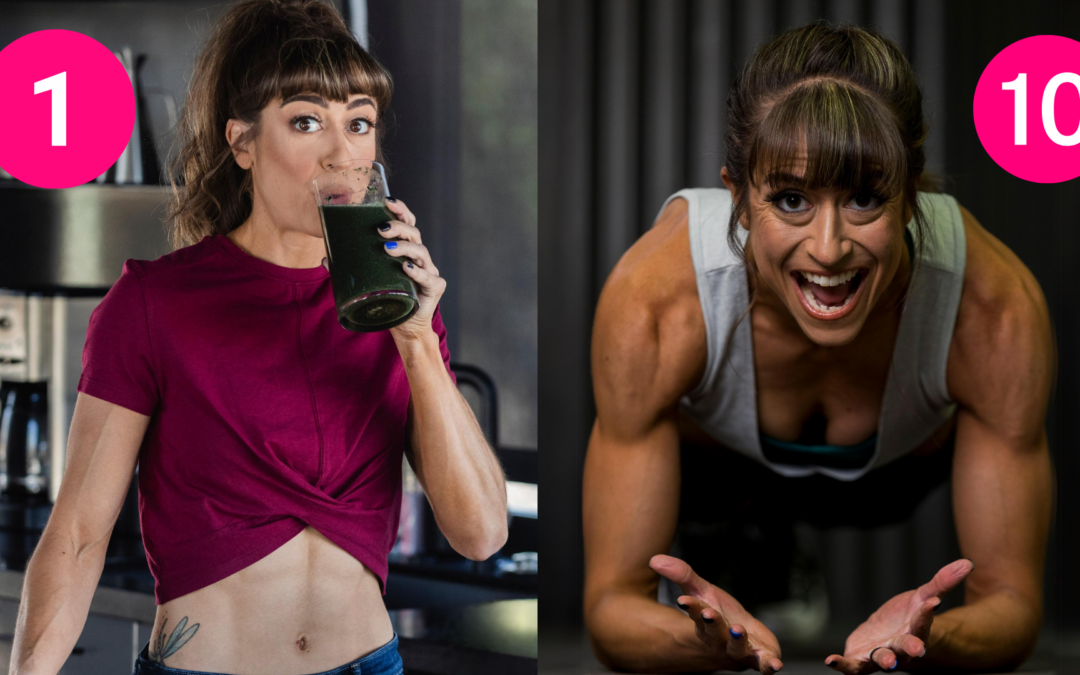
by Cori Lefkowith | May 5, 2024 | Blog, Exercises, Foam Rolling, Functional Fitness, Pain Relief
I’ve made a TON of mistakes. Made excuses to skip my warm ups that lead to overload and injury. Slacked on my mobility work, which led to improper recruitment patterns and pain. Ignored aches and pains until it was too late and I couldn’t train the way I wanted… I’ve...

by Cori Lefkowith | Apr 28, 2024 | Blog, Exercises, Functional Fitness
The comment section can be…interesting to say the least. If you spend too much time there, you’ll find out there is only one way to do every move…but no one truly agrees on what that one way is… But everyone definitely has an opinion. And only THEIR way is the right...

by Cori Lefkowith | Apr 21, 2024 | Blog, Diet, Exercises
There is an OVERWHELMING amount of opinions out there about the best ways to lose fat and keep it off. And these different opinions are honestly OPPORTUNITIES for us to create the plan that meets us where we are at – Because one size doesn’t fit all. We just...

by Cori Lefkowith | Apr 14, 2024 | Blog, Core, Exercises
Teapots have gotten a lot of hate in recent years. But unpopular opinion. I think the hate is unwarranted. They can actually be an amazing move to include in your workout routine when implemented correctly. I say this often but there are no bad exercises… Just misused...

by Cori Lefkowith | Apr 14, 2024 | podcast
LISTEN HERE 7 WATCH HERE 7 TRANSCRIPT 7 OPEN TRANSCRIPT Cori (00:00):Hey guys, this is Corifrom Redefining Strength. Welcome to the Fitness Hacks Podcast. This is the show where I share all my free workout and nutrition tips. I’m not going to ever fill this...






